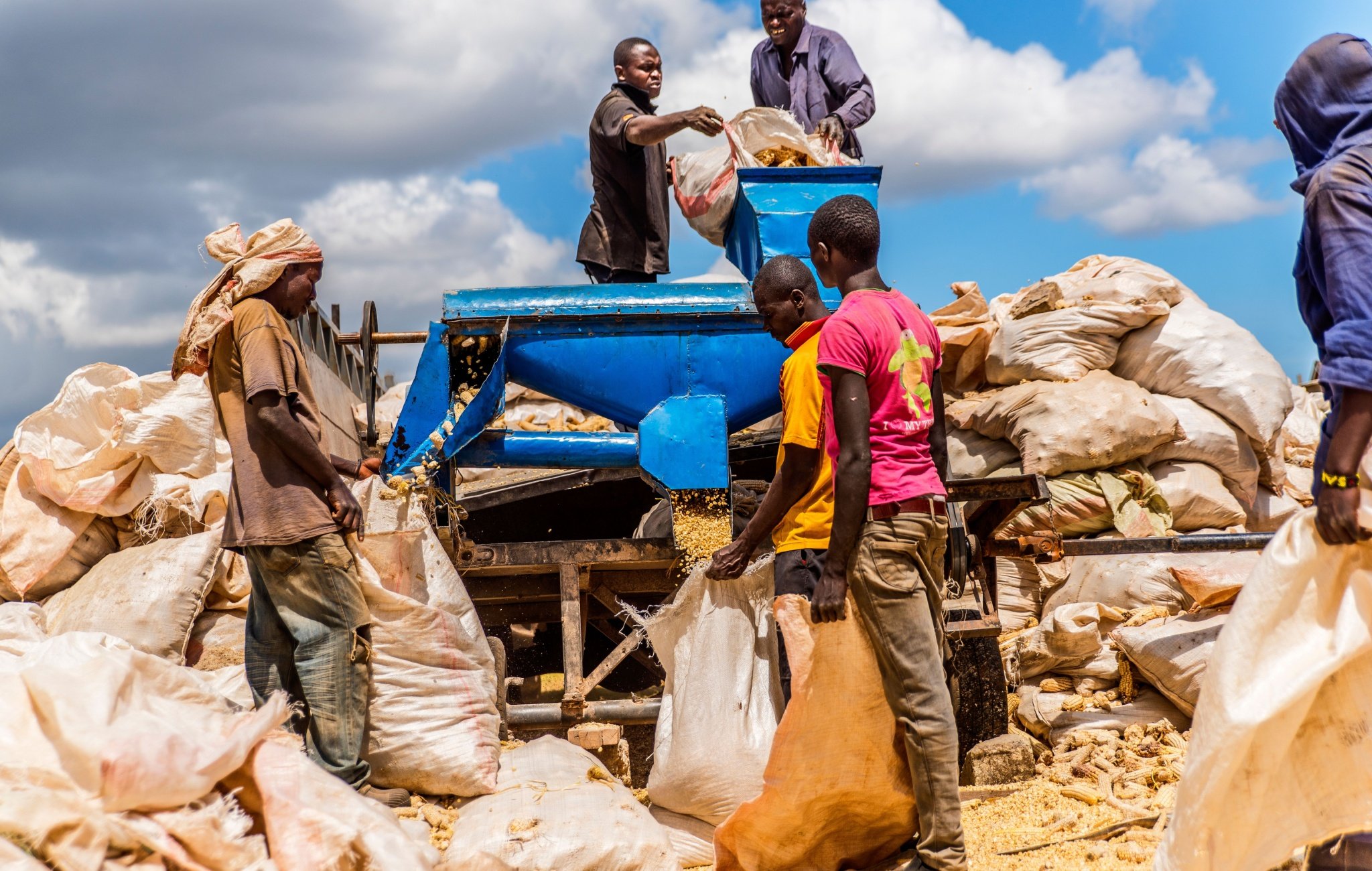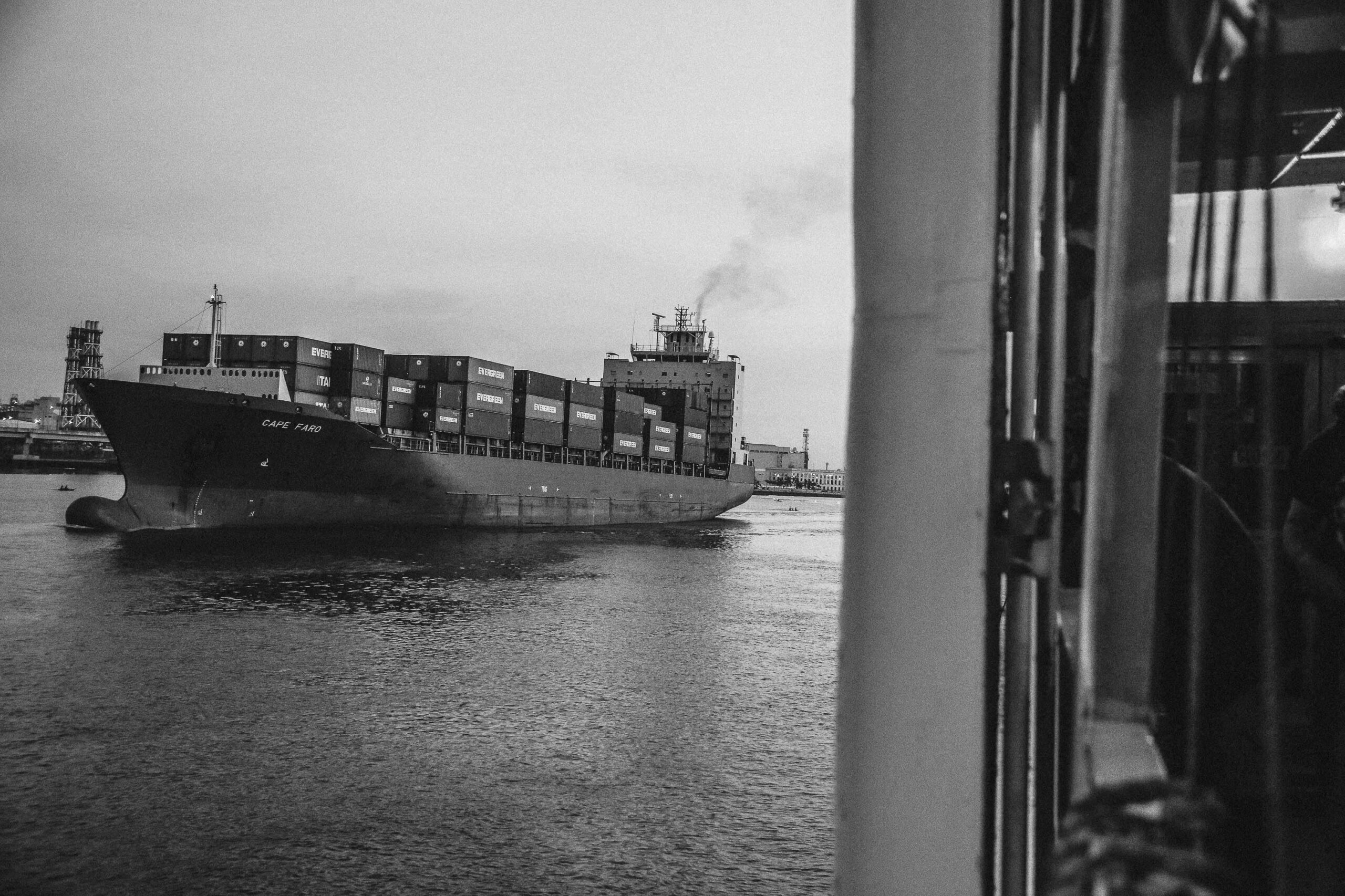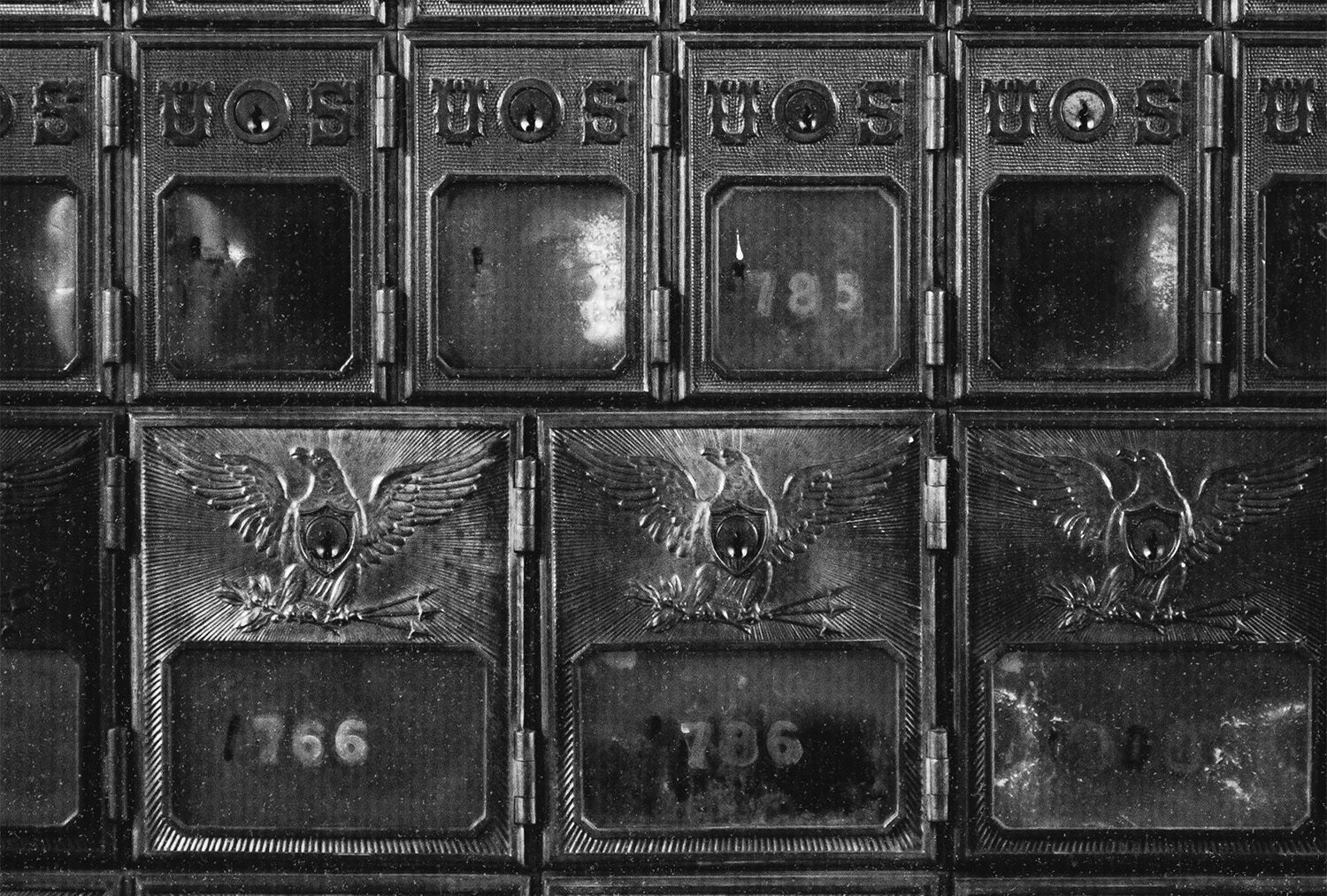
Phung Xuan Vu was just eight years old when he accompanied his brother to the food distribution center. His belly hurt from hunger, and he was anxious—filled with worry that he would lose his food voucher or be chastened by the officials distributing food.
“The officials were not friendly. They were bossy and had power,” Vu recalled decades later. “We felt that we had to beg for food that was rightfully ours.”
Vu’s family was poor, but not by local standards. They owned a bicycle, something not all families in Vietnam could say. Yet waiting for hours for food was difficult.
In the book The Bridge Generation of Viet Nam: Spanning Wartime to Boomtime, Vu recalled how schoolchildren, weak and thirsty, would wait hours on end in the heat for food rations only to get cheated by officials, who would mix rocks in with the rice to fool the scales.
“That made us angry, but we could not fight or argue with the officials,” Vu told authors Nancy Napier and Dau Thuy Ha. “What could we do, as children?”
How Vietnam Became the Poorest Country in the World
Vietnam is a country most people know, but for many the knowledge of its history stops in 1975 — the year Saigon fell, two years after the withdrawal of US troops.
Though President Ho Chi Minh had promised in 1969 that defeating the Americans would allow socialists “to rebuild our land ten times more beautiful,” the postwar period was marked by economic decline. Vietnam was primarily an agricultural economy, and collectivization of farming had achieved results that were little different from previous collectivization attempts by the likes of Stalin and Mao.
In its Second Five-Year Plan (1976–1980), Vietnam had set aggressive goals in annual growth rates for agriculture (8 to 10 percent). Instead, agricultural output increased by just 2 percent annually, in large part because communists had collectivized nearly 25 percent of the farms in what had been South Vietnam.
The results were catastrophic. Rainer Zitelmann, author of How Nations Escape Poverty, points out that by 1980, Vietnam, once an exporter of rice, was producing just 14 million tons of rice annually, even though it required 16 million tons to feed its own population.
Planners also instituted aggressive policies to nationalize industries in Vietnam. Though these plans initially aimed to nationalize only foreign-owned companies, they eventually expanded to encompass all enterprises in Vietnam. Price controls — particularly rent control policies, which are notoriously destructive — also played a key role in Vietnam’s economic decline.
“The Americans couldn’t destroy Hanoi,” Vietnam’s Foreign Minister Nguyen Co Thach told reporters in the late 1980s, “but we have destroyed our city by very low rents.”
The policies did great harm to Vietnam’s economy. By 1980, Vietnam was the poorest country in the world — poorer than Somalia, Ethiopia, and Madagascar — a distinction it would hold for an entire decade. Throughout the 1980s and even into the 1990s, hunger was omnipresent for many Vietnamese people. As late as 1993, 80 percent of Vietnam’s population lived in poverty.
But unlike so many countries, Vietnam did not stay poor.
Today, in one of the most remarkable stories in modern history, poverty in Vietnam stands at roughly 4 percent, according to the Asian Development Bank.
How Not to Defeat Poverty
Before exploring how Vietnam was able to escape poverty, it’s important to understand how nations do not escape poverty.
Vietnam’s story was the exception. Though other countries have made great strides in reducing poverty in recent decades, most have not.
In fact, many of the poorest countries in 2024 — Burundi, Central African Republic, the Democratic Republic of the Congo, Madagascar, Somalia, and others — were among the world’s poorest nations a quarter-century ago. These countries also tend to receive the most foreign aid (no doubt because they are so poor).
While many people — and organizations such as the United Nations — argue that foreign aid is key to alleviating poverty, others disagree.
In his 2006 book, The White Man’s Burden: Why the West’s Efforts to Aid the Rest Have Done So Much Ill and So Little Good, NYU economist William Easterly argued that decades of international aid initiatives were far better at feeding bureaucracies than alleviating poverty.
One example Easterly cited was Tanzania, which received billions of dollars to improve its road system over a period of many years. Two decades later, Tanzania’s roads were still a disaster — but its bureaucracy had swelled.
“Tanzania produced more than 2,400 reports a year for its aid donors, who sent the beleaguered recipient 1,000 missions of donor officials per year,” Easterly wrote.
This is the problem with trying to alleviate poverty through top-down solutions. Planners believe they have sufficient knowledge to solve complex economic problems, but the evidence (and economic theory) shows they do not.
Zitelmann shares a colorful anecdote from German author Frank Bremer who spent half a century in more than 30 countries fighting poverty as a developmental aid worker. In the conversation, a local villager is trying to convince an expert that his people are in desperate need of a dam. But the expert keeps telling the villager he doesn’t need a dam; what he really needs is a well. And better analytical tools. And more training for workers. And a more inclusive workforce.
It’s a comical exchange, but it’s based on Bremer’s decades of experience in the international aid field, which attempts, year after year, to apply top-down solutions to alleviate poverty.
In her book Dead Aid, Zambian-born economist Dambisa Moyo makes the case that the $1 trillion in aid African countries received from rich countries over the last half-century didn’t just fail to alleviate poverty in Africa; it exacerbated it.
“The notion that aid can alleviate systemic poverty, and has done so, is a myth,” writes Moyo. “Millions in Africa are poorer today because of aid; misery and poverty have not ended but increased.”
How Vietnam Defeated Poverty
Vietnam’s experience was in multiple ways opposite to the African one.
For starters, aid to Vietnam was drying up in the 1980s and early 1990s. Because the Soviet Union was suffering its own economic collapse, billions of dollars in aid that would have gone to Vietnam were not sent.
Meanwhile, collectivist policies continued to destroy productivity. One of the many mistakes Vietnam planners made was to ignore economic incentives, which are much more aligned with economic needs in a market economy.
Napier and Ha interviewed Bach Ngoc Chien, who recalled that his mother, like all farmers working in cooperatives, was compensated based on the number of days worked. The quality of the work or the amount of food produced didn’t matter.
“This encouraged members to slack off, be sloppy, or to arrive late at their jobs,” Claudia Pfeifer explained in her book Confucius and Marx on the Red River.
Such policies caused great harm to Vietnam’s economy. But, as its economy sputtered and then collapsed, something amazing began to happen in Vietnam in the late 1970s and early 1980s: an entirely new economy began to emerge.
Suffering under a system a bit like Lenin’s “War Communism,” the Vietnamese began spontaneously to create their own market economy to survive. State officials increasingly turned a blind eye to price control-violations and unauthorized contracts (khoan chui) between families and collectives. The practice, known as “fence-breaking” (pha rao) is just one example of the market economy (sometimes black, sometimes gray) that was emerging under the heavy hand of socialism in Vietnam.
In response to this burgeoning economy, socialist leaders did something else quite extraordinary: they embraced the market economy and admitted their own “mistakes.”
The Sixth Party Congress of 1986 is regarded as a turning point in Vietnam’s history for two reasons. First, party leaders announced its policy of Đổi Mới (“renovation” or “renewal”), a series of free-market reforms designed to embrace the grayish market economy. Second, party leaders engaged in what Zitelmann described as a process of “radical self-criticism,” admitting to the failure of previous five-year plans that achieved next to no economic growth.
Incoming General Secretary Nguyen Van Linh promised to correct the economic mistakes that had resulted — according to the party’s own report — in high inflation, a collapse in labor productivity, a decline in manufacturing, massive unemployment, and widespread corruption.
“They did not try to blame other external factors,” Zitelmann told me in a recent interview. “It would have been very easy to do so.”
Importantly, after the watershed meeting in 1986, political leaders continued to push free-market reforms. In 1987, a new investment law was passed that showed Vietnam was open for business. The law promised that the state would not expropriate or nationalize foreign property or capital.
In 1988, a series of measures was passed to reduce or eliminate government barriers to economic activity. They included the following:
- eliminating price controls and subsidies
- abolishing domestic customs checkpoints
- allowing private companies to hire up to 10 workers (a cap that was later increased)
- slashing regulations on private companies
- deregulating the banking system
- returning businesses that had been seized during nationalization to private owners
The early 1990s saw legislation that introduced a legal framework for LLCs (Limited Liability Companies) and the introduction of Article 21 in the 1992 Constitution, which recognized certain private property rights (and other liberties, including freedom of religion).
Though in December 1991 Vietnam lost its primary benefactor and trade partner, the Soviet Union, it responded by expanding trade with capitalist countries, such as Australia, Taiwan, South Korea, and Japan. A trade agreement with the United States was completed in 2001, and in 2007, Vietnam joined the World Trade Organization.
Today, Vietnam is one of America’s top-ten trading partners. The nation’s primary exports, which were once coffee and coconuts, are computers, mobile phones, and other electronics.
It was one of the most miraculous economic transformations in history, and it achieved amazing results. From 1990 to 2022, per capita GDP in Vietnam increased more than fivefold, surging from $2,100 to $11,400 (in 2017 dollars).
‘Peace, Easy Taxes, and a Tolerable Administration of Justice’
Vietnam’s success didn’t happen overnight, of course. Nor is it the only country to escape poverty in recent decades. China, India, and Poland have similar stories.
What these stories all have in common is that these nations rose from poverty by embracing a common formula: more economic freedom and free trade. And just like these other nations, Vietnam’s success was not the result of international aid or central planning.
Much like China, whose own economic transformation was spearheaded by mass privatization, Vietnam’s success stemmed from an admission that central planners couldn’t run an economy. So they stopped trying and largely got out of the way. The earliest steps of Đổi Mới merely recognized the legitimacy of the shadow economy that had already emerged.
None of this is to say that Vietnam (or China) is a capitalist utopia. On the contrary, Vietnam ranks 59th in the world in economic liberty, according to the Heritage Foundation’s 2024 Index of Economic Freedom, slightly above France but below Belgium.
Nor is Vietnam the richest country in the world. With a per capita GDP of $15,470, it’s roughly in the middle, slightly higher than Ukraine ($15,464) and slightly lower than Paraguay ($16,291), according to Global Finance magazine.
What’s important to understand is that Vietnam was the poorest country in the world through the 1980s but transformed itself by abandoning socialism and embracing an approach more congenial to free markets. In doing so, it lifted tens of millions of people out of poverty.
This economic miracle was achieved not through international aid or other top-down solutions, but by simply allowing the invisible hand to work. The term, Adam Smith’s famous metaphor for the spontaneous order that occurs in market economies, brings to mind something else the Scottish economist wrote.
“Little else is required to carry a state to the highest degree of opulence from the lowest barbarism, but peace, easy taxes, and a tolerable administration of justice,” wrote the Wealth of Nations author, “all the rest being brought about by the natural course of things.”
Vietnam is proof that Smith had the formula right. Free markets, not international aid, are the key to defeating poverty. And it doesn’t take an economist to see it.
“Commerce — entrepreneurial capitalism — takes more people out of poverty than aid,” the Grammy-winning U2 frontman Bono noted more than a decade ago.
Bono is right.
And if humans are serious about preventing hundreds of millions more from going through what Phung Xuan Vu did — waiting for hours on end for a single scoop of rice — they should acknowledge the power of free markets, and recognize that international aid can’t achieve anything close to what economic freedom can.
This is something Easterly recognized nearly two decades ago.
“Remember, aid cannot achieve the end of poverty,” he wrote in White Man’s Burden. “Only homegrown development based on the dynamism of individuals and firms in free markets can do that.”
Decades of evidence shows he’s right.




